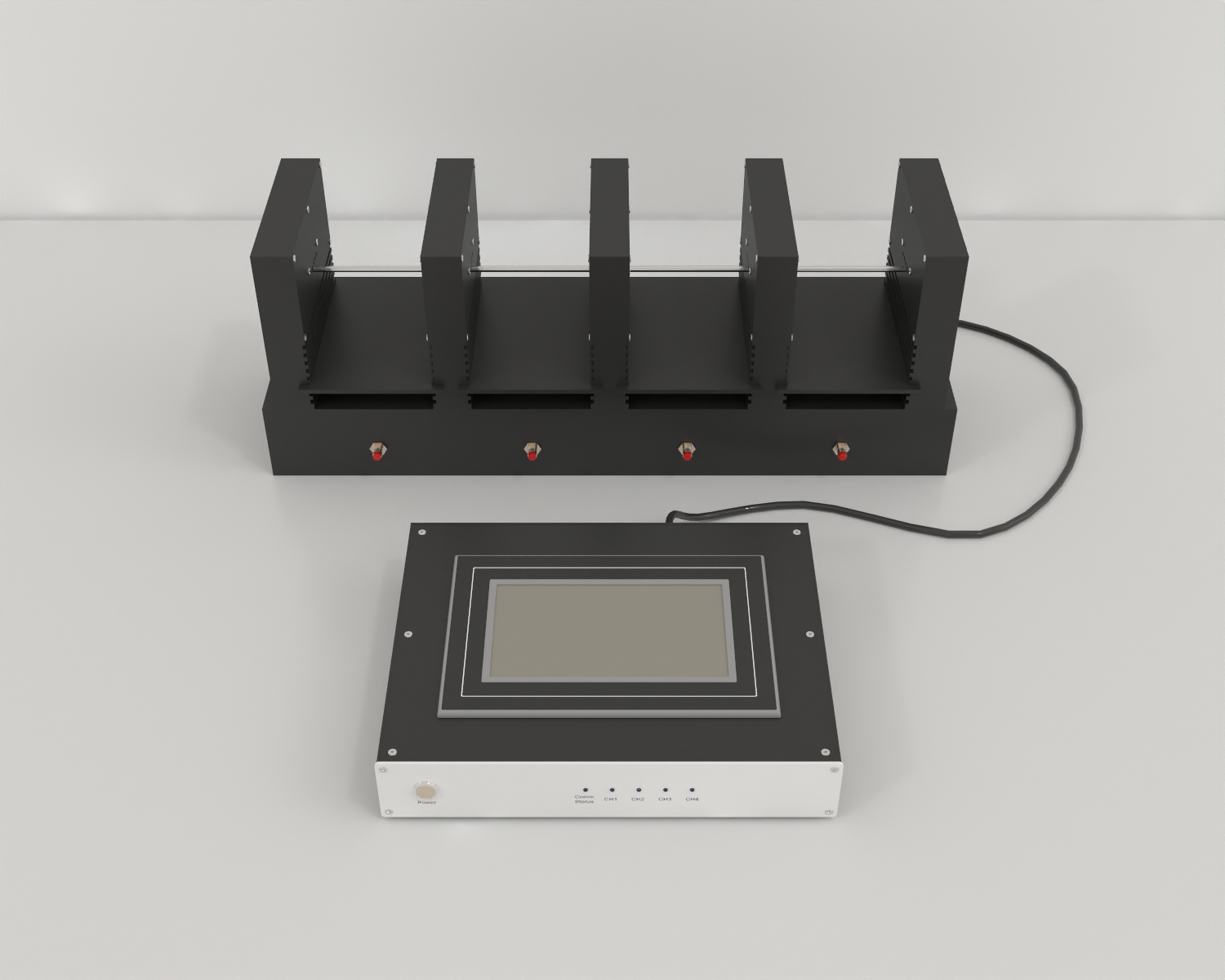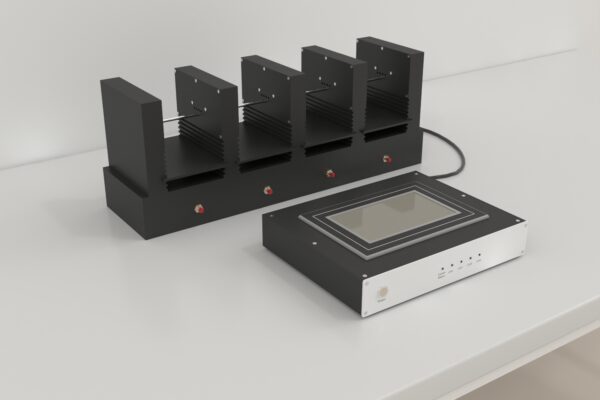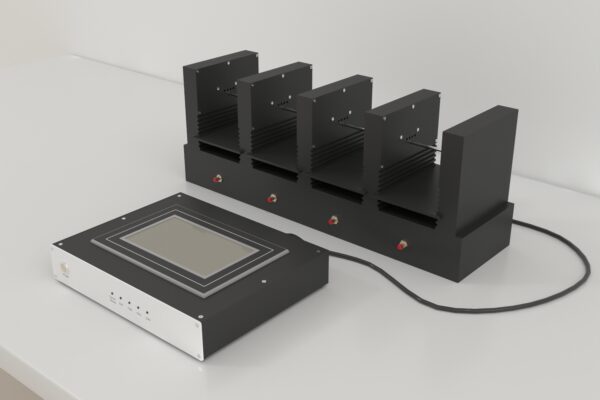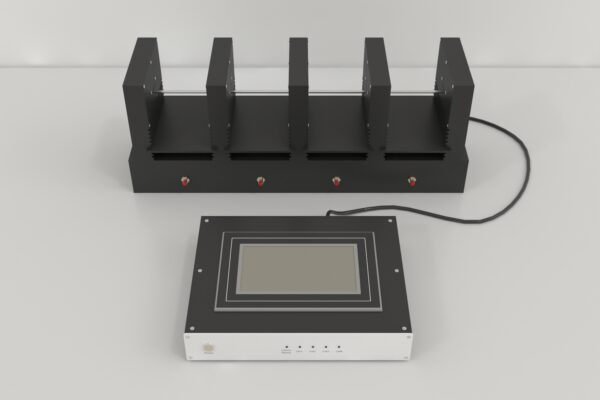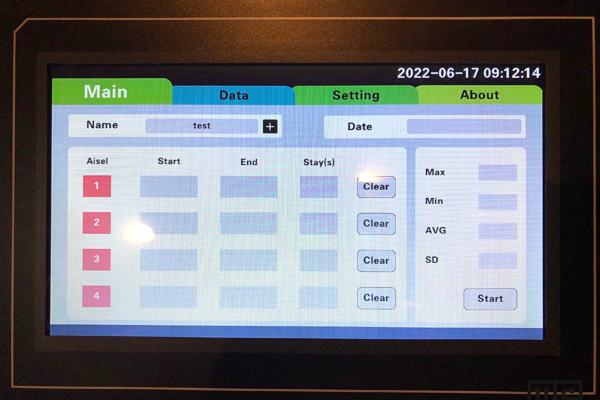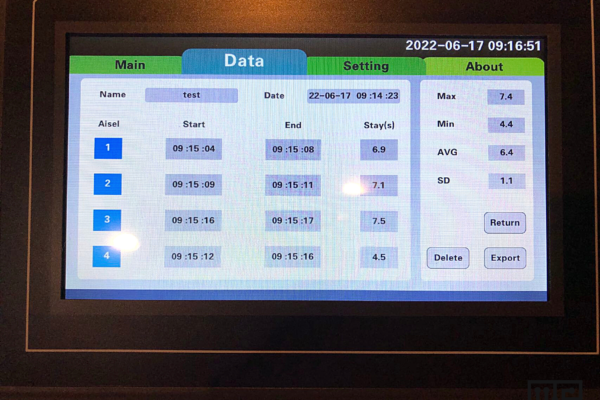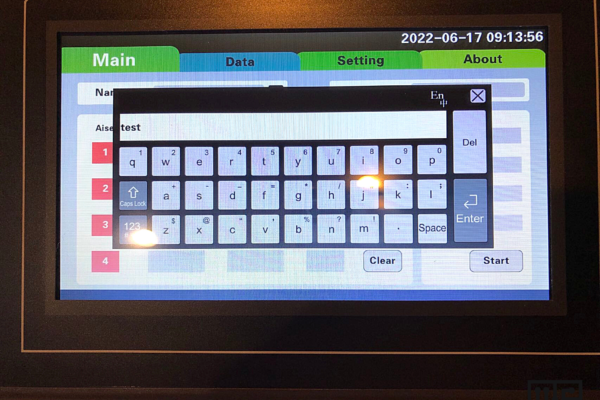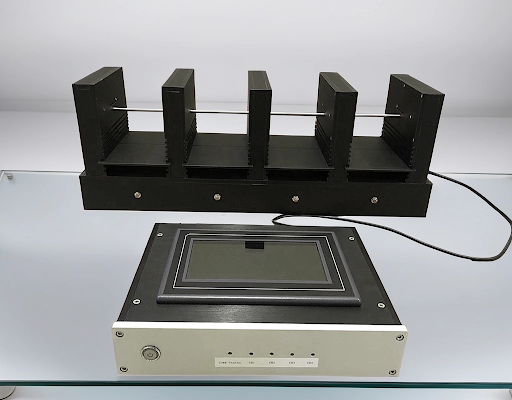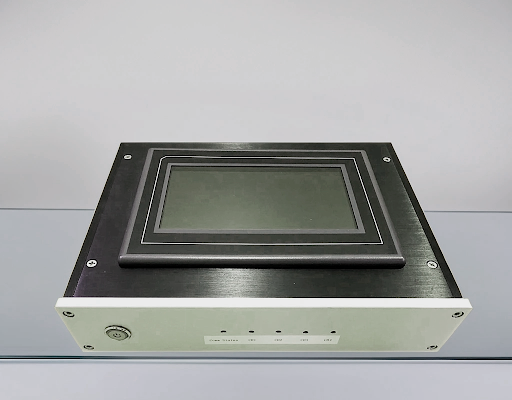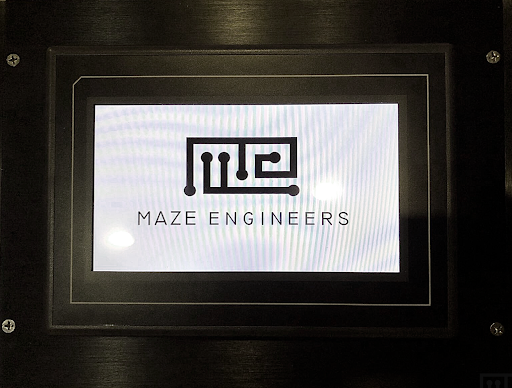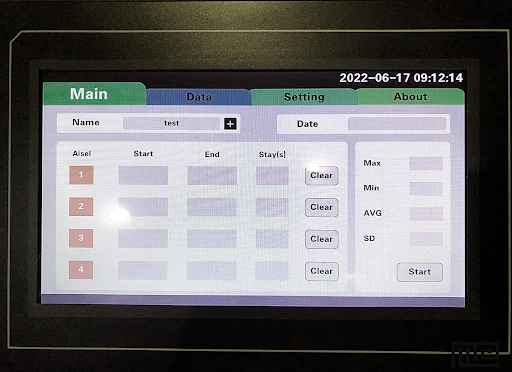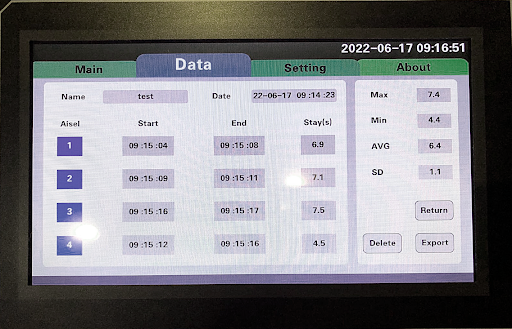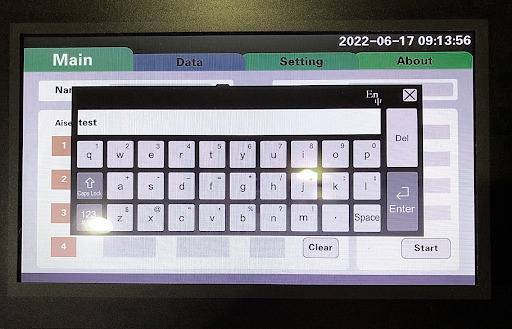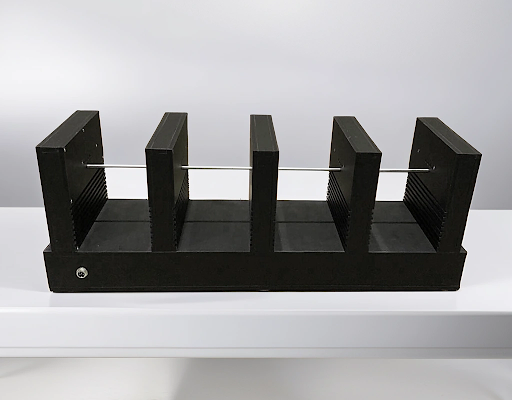The Catalepsy Bar Test is an alternative to the Rotarod and was developed to test motor coordination and motor impairments (Deacon., 2013; Hoffman et al., 1995; Luciani et al., 202). The Catalepsy Bar Test involves placing the forepaws of a rodent subject onto a bar and timing how long it takes for the subject to remove one or both paws from the bar. The automated Maze Engineers Catalepsy Bar test has 4 lanes for the simultaneous study of 4 subjects simultaneously with adjustable bar height to ensure perfect placement for your subjects. Sensors to detect when an animal removes its paws from the bar and included software logs the time at which this occurs.
MazeEngineers offers the Catalepsy Bar Test. Customizations are available upon request.
Other apparatuses used in assessing rodent motor function include the Grip Strength test, the Balance Beam, the Parallel Bars, the Geotaxis Test, the Static Rods Test, the Gait Test, the Parallel Rod test, and the Pole test. See our activity range here.

